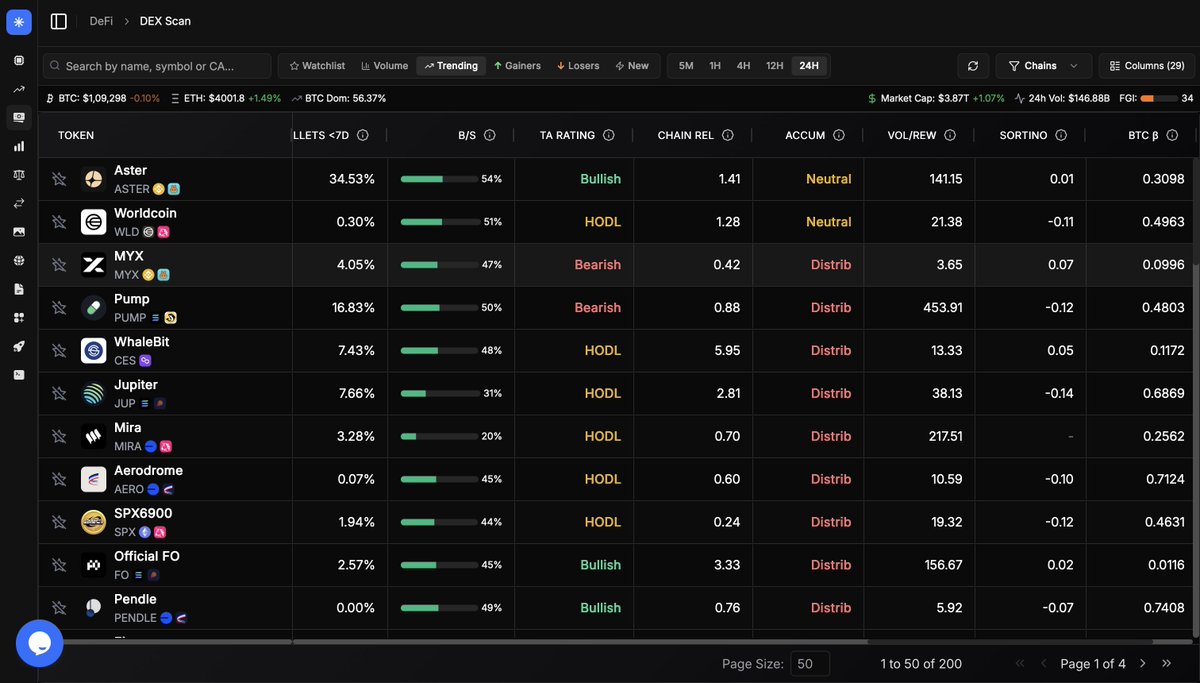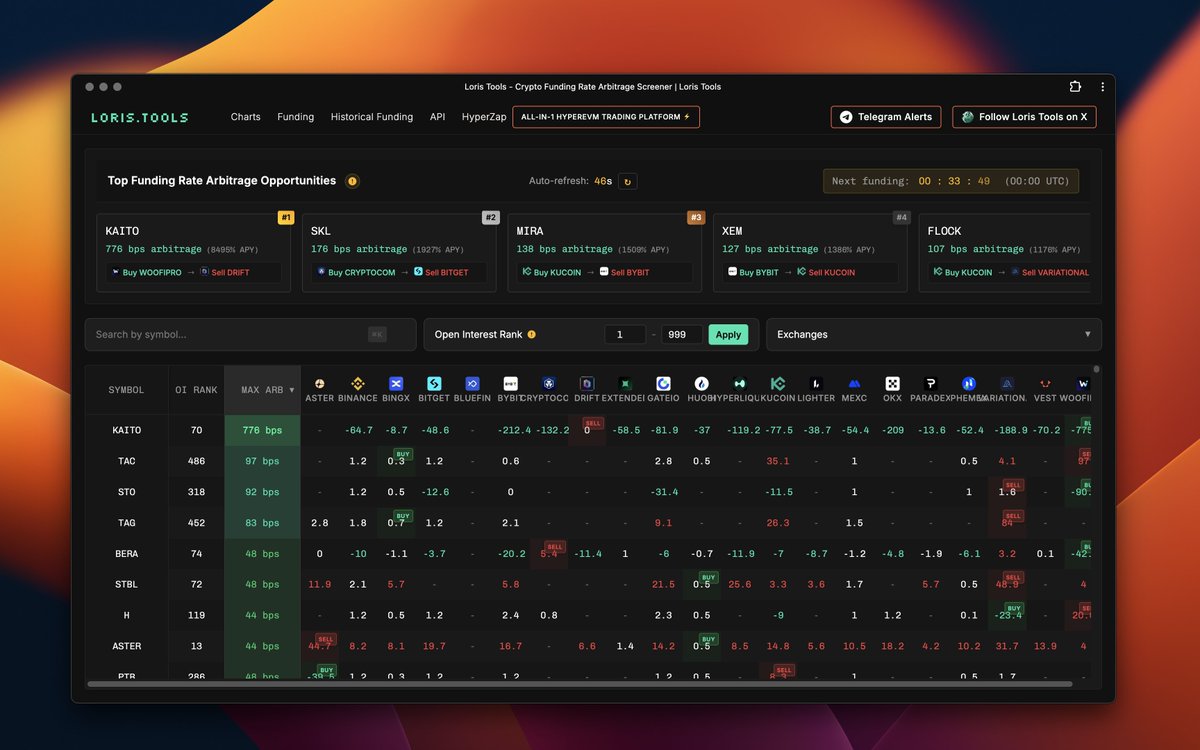Mina Protocol price
in USDCheck your spelling or try another.


About Mina Protocol
Disclosures
Mina Protocol risk
This material is for informational purposes only and is not exhaustive of all risks associated with trading Mina Protocol. All crypto assets are risky, there are general risks in investing in Mina Protocol. These include volatility risk, liquidity risk, demand risk, forking risk, cryptography risk, regulatory risk, concentration risk & cyber security risk. This is not intended to provide (i) investment advice or an investment recommendation; (ii) an offer or solicitation to buy, sell, or hold crypto assets; or (iii) financial, accounting, legal or tax advice. Profits may be subject to capital gains tax. You should carefully consider whether trading or holding crypto assets is suitable for you in light of your financial situation. Please review the Risk Summary for additional information.
Investment Risk
The performance of most crypto assets can be highly volatile, with their value dropping as quickly as it can rise. You should be prepared to lose all the money you invest in crypto assets.
Lack of Protections
Crypto assets are largely unregulated and neither the Financial Services Compensation Scheme (FSCS) nor the Financial Ombudsman Service (FOS) will protect you in the event something goes wrong with your crypto asset investments.
Liquidity Risk
There is no guarantee that investments in crypto assets can be easily sold at any given time.
Complexity
Investments in crypto assets can be complex, making it difficult to understand the risks associated with the investment. You should do your own research before investing. If something sounds too good to be true, it probably is.
Concentration Risk
Don't put all your eggs in one basket. Putting all your money into a single type of investment is risky. Spreading your money across different investments makes you less dependent on anyone to do well. A good rule of thumb is not to invest more than 10% of your money in high-risk investments.
Five questions to ask yourself
- Am I comfortable with the level of risk? Can I afford to lose my money?
- Do I understand the investment and could I get my money out easily?
- Are my investments regulated?
- Am I protected if the investment provider or my adviser goes out of business?
- Should I get financial advice?
Mina Protocol’s price performance
Mina Protocol on socials




Guides

Mina Protocol FAQ
Mina Protocol achieves a constant blockchain size through the utilization of zk-SNARKs, a type of zero-knowledge proof cryptography. Validators within the network generate zk-SNARK proofs for each new block, succinctly representing the entire blockchain's state. This approach allows Mina to retain a fixed blockchain size, regardless of the volume of transactions, by efficiently encoding the data in a compact proof.
Snapps, short for SNARK-powered applications, represent a distinctive feature of the Mina Protocol. These applications empower developers to build dApps that are private, lightweight, and verifiable. Snapps have the capability to interact with various websites while enabling confidential access to real-world data. This innovation expands the possibilities for creating privacy-preserving and efficient decentralized applications.
Easily buy MINA tokens on the OKX cryptocurrency platform. Available trading pairs in the OKX spot trading terminal include MINA/USDT and MINA/USDC.
You can also buy MINA with over 99 fiat currencies by selecting the "Express buy" option. Other popular crypto tokens, such as Bitcoin (BTC), Tether (USDT), and USD Coin (USDC), are also available.
Alternatively, you can swap your existing cryptocurrencies, including XRP (XRP), Cardano (ADA), Solana (SOL), and Chainlink (LINK), for MINA with zero fees and no price slippage by using OKX Convert.
To view the estimated real-time conversion prices between fiat currencies, such as the USD, EUR, GBP, and others, into MINA, visit the OKX Crypto Converter Calculator. OKX's high-liquidity crypto exchange ensures the best prices for your crypto purchases.
Dive deeper into Mina Protocol
In the ever-evolving cryptocurrency landscape, the volume of data stored within blockchains is rapidly expanding. As individual blockchains grow, they amass an increasing number of transactions, which can pose challenges for certain projects seeking seamless scalability. Mina Protocol (Mina) is at the forefront of tackling this issue. Through its innovative consensus mechanism and efficient data processing capabilities, Mina is pioneering a path for widespread blockchain adoption.
What is Mina
Mina is a lightweight blockchain protocol designed to minimize storage requirements and maximize accessibility. Utilizing zk-SNARKs technology, Mina compresses its entire blockchain into a fixed size of approximately 22 kilobytes, often called a “succinct blockchain.”
Using zk-SNARKS, Mina has developed a payment-orientated blockchain that doesn’t require each node to record the complete record of historical transactions. This essentially lowers the computational requirements needed to support the network.
Additionally, Mina allows its users to access money from anywhere in the world. Thanks to their 22kb Mina chain, users can access peer-to-peer (P2P) stablecoins and tokens through a smartphone, enabling Mina users to enjoy the platform wherever they go.
The Mina team
Mina is developed by O (1) Labs, a team of experienced engineers, researchers, and entrepreneurs dedicated to creating innovative blockchain solutions. Evan Shapiro, the CEO and co-founder, leads the team along with CTO and co-founder Izaak Meckler.
How does Mina work
Mina relies on the zk-SNARKs technology, a form of zero-knowledge proof cryptography, to maintain a constant-sized blockchain. The protocol allows users to confirm they have certain data without revealing it to each other. For Mina specifically, it means the network does not have to verify a transaction with every block it creates. This ultimately reduces the amount of computational power required and increases the efficiency of the protocol.
Validators create and verify zk-SNARK proofs, which represent the current state of the blockchain, while stakers support the network’s security by delegating their MINA tokens to validators.
Mina Protocol’s native token: MINA
MINA is the native cryptocurrency of the Mina Protocol. It facilitates transactions, staking, and network governance.
MINA tokenomics
The maximum supply of MINA tokens is set at 3.79 billion. MINA tokens are distributed through various channels, including the initial token sale, community grants, the Mina Foundation, and team allocations. The token is vital for securing the network and incentivizing user participation.
Mina use cases
Mina allows developers to build decentralized applications (dApps) on the blockchain, ranging from financial services to games and social media platforms. Furthermore, through Mina’s Snapps (SNARK-powered apps), developers can create applications that interact with real-world data securely.
With Mina’s zero-knowledge proof method, users can validate transactions without revealing the associated information, ensuring privacy. To enhance user privacy even more, participants can leverage Mina to prove the authenticity of critical data without storing the actual data on the blockchain.
MINA distribution
MINA is distributed through various means, including:
- 1.89 billion MINA tokens were sold in an initial token sale.
- 1 billion MINA tokens were allocated to community grants, which will be used to support projects and initiatives that help the Mina ecosystem grow.
- 500 million MINA tokens were allocated to the Mina Foundation, a non-profit organization responsible for overseeing the development and maintenance of the Mina protocol.
- 200 million MINA tokens were allocated to the team that developed the protocol.
Mina’s road ahead
Mina is focused on building a more accessible and equitable internet. The team plans to continue refining its succinct blockchain technology and foster its vibrant community. Mina’s roadmap includes enhancing the development of Snapps, bolstering the robustness of the network, and forging strategic partnerships to expand Mina’s utility and ecosystem.
Disclaimer
OKX does not provide investment or asset recommendations. You should carefully consider whether trading or holding digital assets is suitable for you in light of your financial condition. Please consult your legal/tax/investment professional for questions about your specific circumstances. For further details, please refer to our Terms of Use and Risk Warning. By using the third-party website ("TPW"), you accept that any use of the TPW will be subject to and governed by the terms of the TPW. Unless expressly stated in writing, OKX and its affiliates (“OKX”) are not in any way associated with the owner or operator of the TPW. You agree that OKX is not responsible or liable for any loss, damage and any other consequences arising from your use of the TPW. Please be aware that using a TPW may result in a loss or diminution of your assets. Product may not be available in all jurisdictions.








